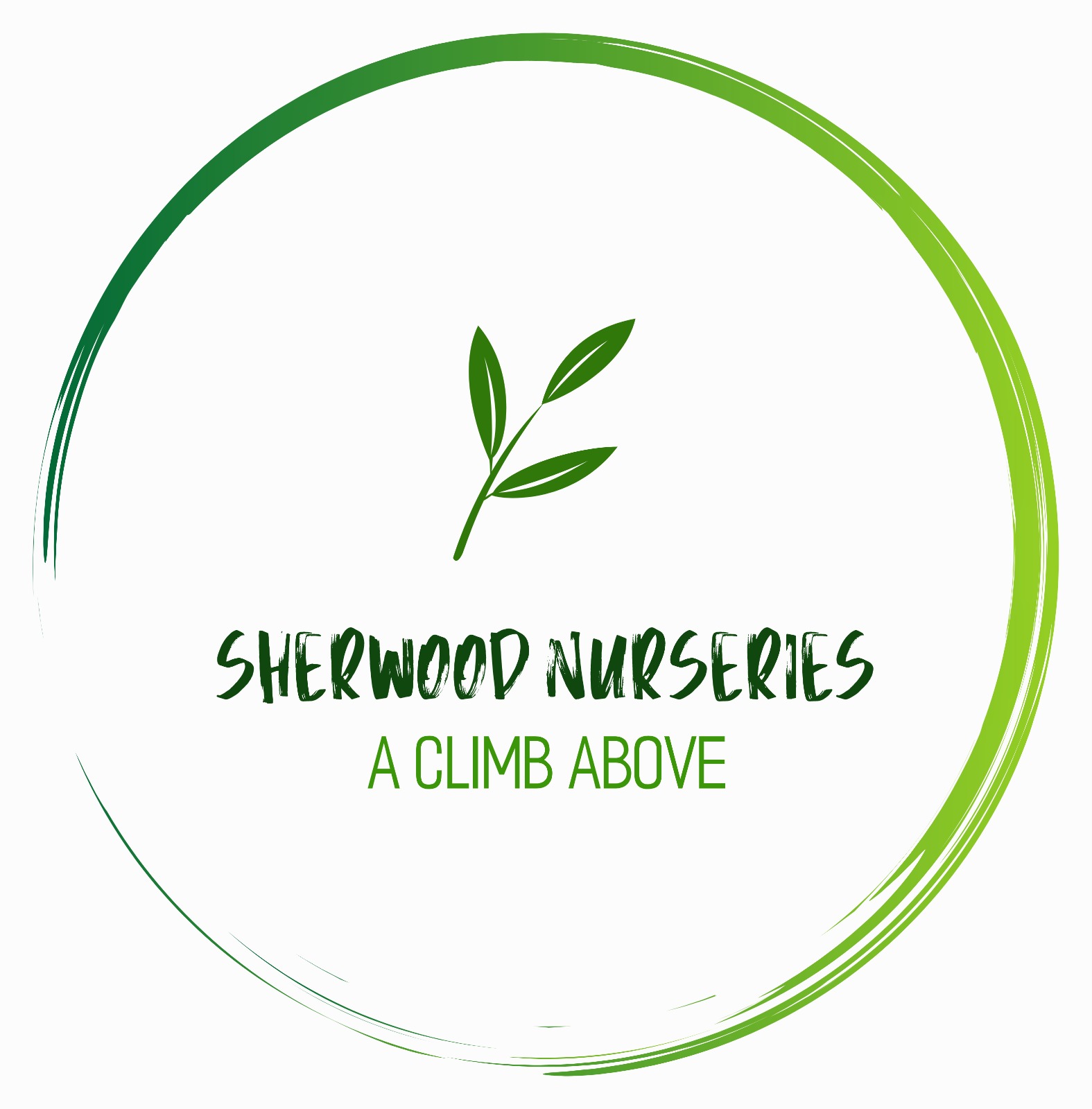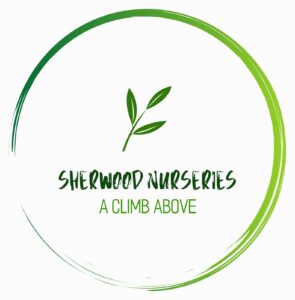Height: 15 feet
Spread: 6 feet
Sunlight:
![]()
![]()
Hardiness Zone: 3b
Other Names: Norwegian Spruce
Description:
Like a smaller version of the species, this fine selection forms a medium-sized Christmas tree-like shrub, with pronounced upright cones; adaptable and hardy, slow growing; excellent choice for a small-scale vertical accent in the garden skyline
Ornamental Features
Red Cone Spruce is a dwarf conifer which is primarily valued in the landscape for its distinctively pyramidal habit of growth. It has bluish-green evergreen foliage which emerges light green in spring. The needles remain bluish-green throughout the winter. The purple fruits are held in cones from early spring to early summer.
Landscape Attributes
Red Cone Spruce is a dense multi-stemmed evergreen shrub with a distinctive and refined pyramidal form. Its relatively fine texture sets it apart from other landscape plants with less refined foliage.
This is a relatively low maintenance shrub. When pruning is necessary, it is recommended to only trim back the new growth of the current season, other than to remove any dieback. Deer don't particularly care for this plant and will usually leave it alone in favor of tastier treats. It has no significant negative characteristics.
Red Cone Spruce is recommended for the following landscape applications;
- Vertical Accent
- General Garden Use
Planting & Growing
Red Cone Spruce will grow to be about 15 feet tall at maturity, with a spread of 6 feet. It has a low canopy, and is suitable for planting under power lines. It grows at a slow rate, and under ideal conditions can be expected to live for 50 years or more.
This shrub does best in full sun to partial shade. It does best in average to evenly moist conditions, but will not tolerate standing water. It is not particular as to soil type or pH, and is able to handle environmental salt. It is highly tolerant of urban pollution and will even thrive in inner city environments. This is a selected variety of a species not originally from North America.



